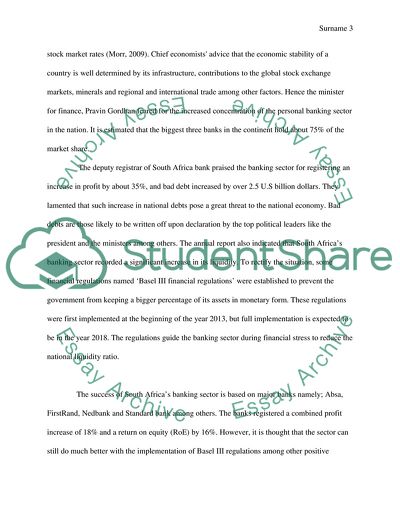Cite this document
(The recent performance of the banking sector in South Africa Assignment, n.d.)
The recent performance of the banking sector in South Africa Assignment. https://studentshare.org/finance-accounting/1800245-the-recent-performance-of-the-banking-sector-in-south-africa
The recent performance of the banking sector in South Africa Assignment. https://studentshare.org/finance-accounting/1800245-the-recent-performance-of-the-banking-sector-in-south-africa
(The Recent Performance of the Banking Sector in South Africa Assignment)
The Recent Performance of the Banking Sector in South Africa Assignment. https://studentshare.org/finance-accounting/1800245-the-recent-performance-of-the-banking-sector-in-south-africa.
The Recent Performance of the Banking Sector in South Africa Assignment. https://studentshare.org/finance-accounting/1800245-the-recent-performance-of-the-banking-sector-in-south-africa.
“The Recent Performance of the Banking Sector in South Africa Assignment”. https://studentshare.org/finance-accounting/1800245-the-recent-performance-of-the-banking-sector-in-south-africa.


